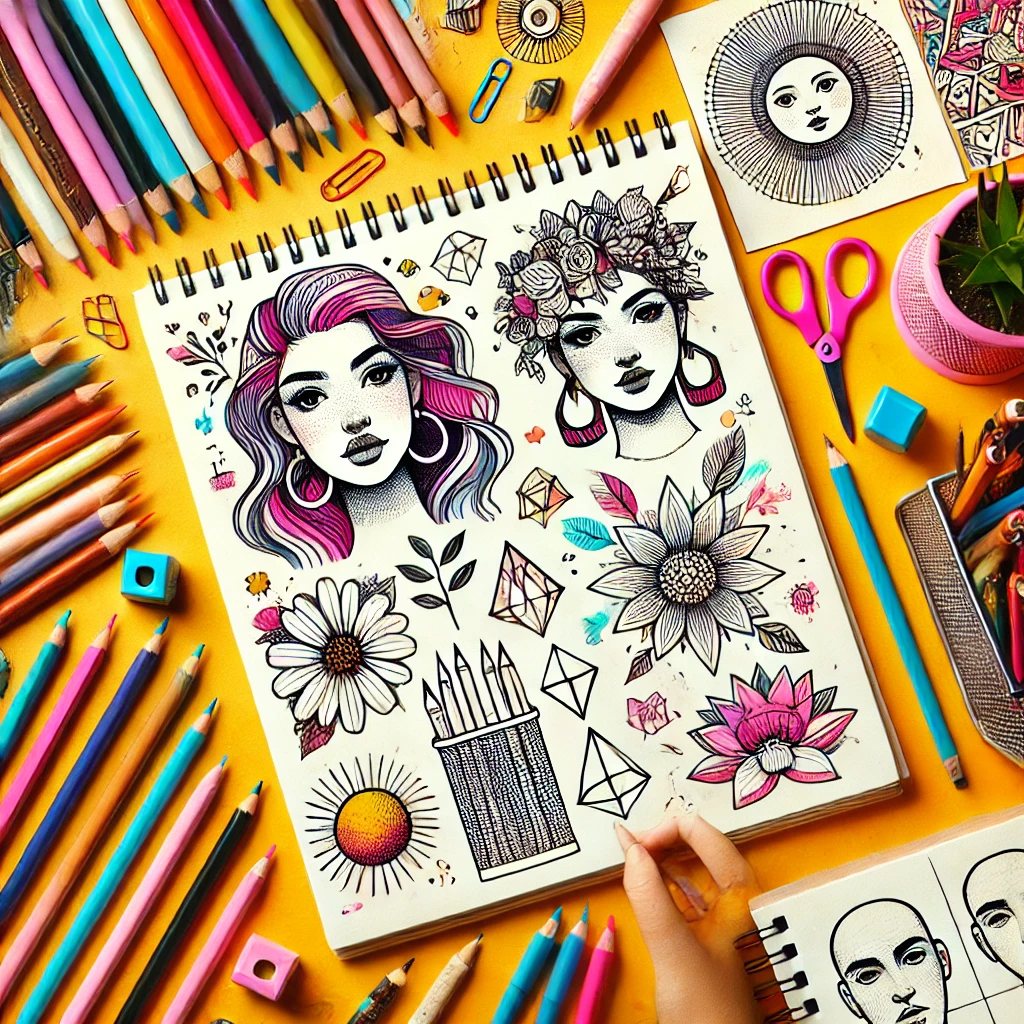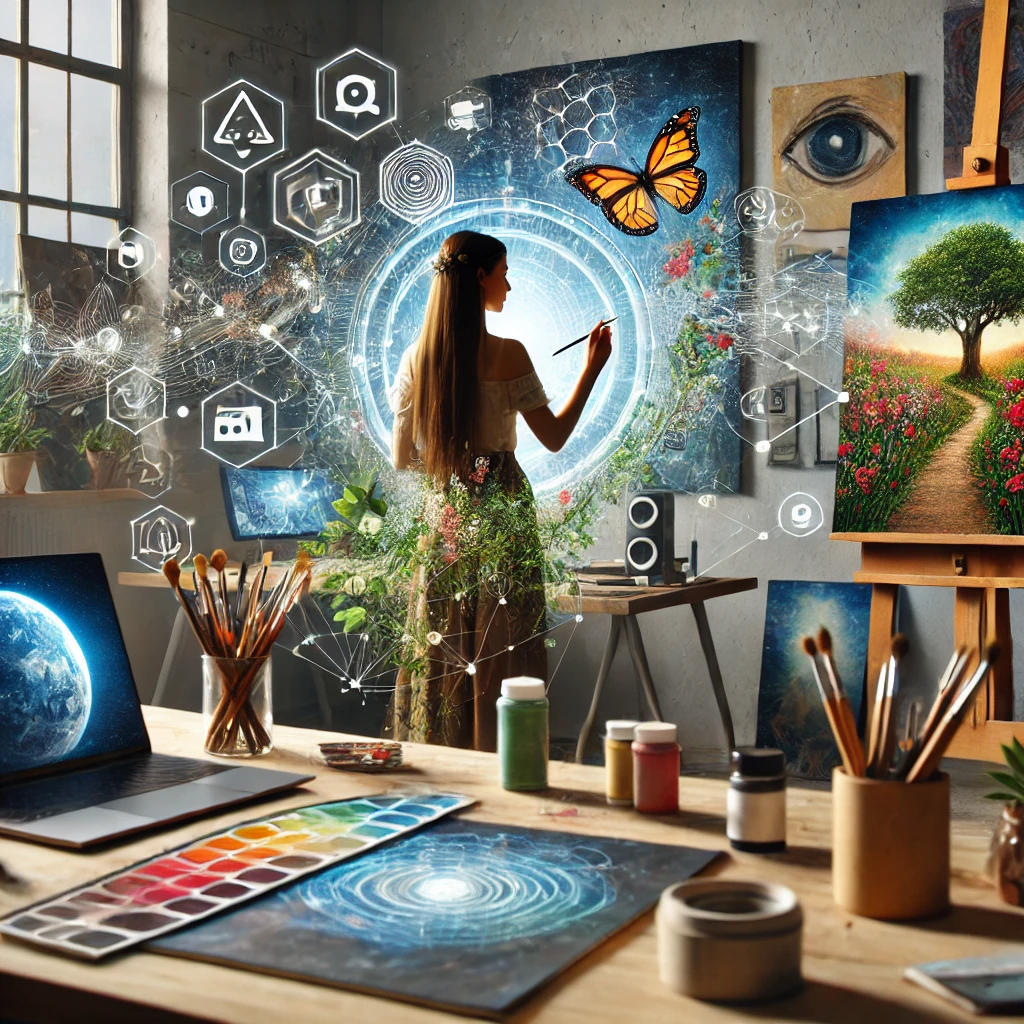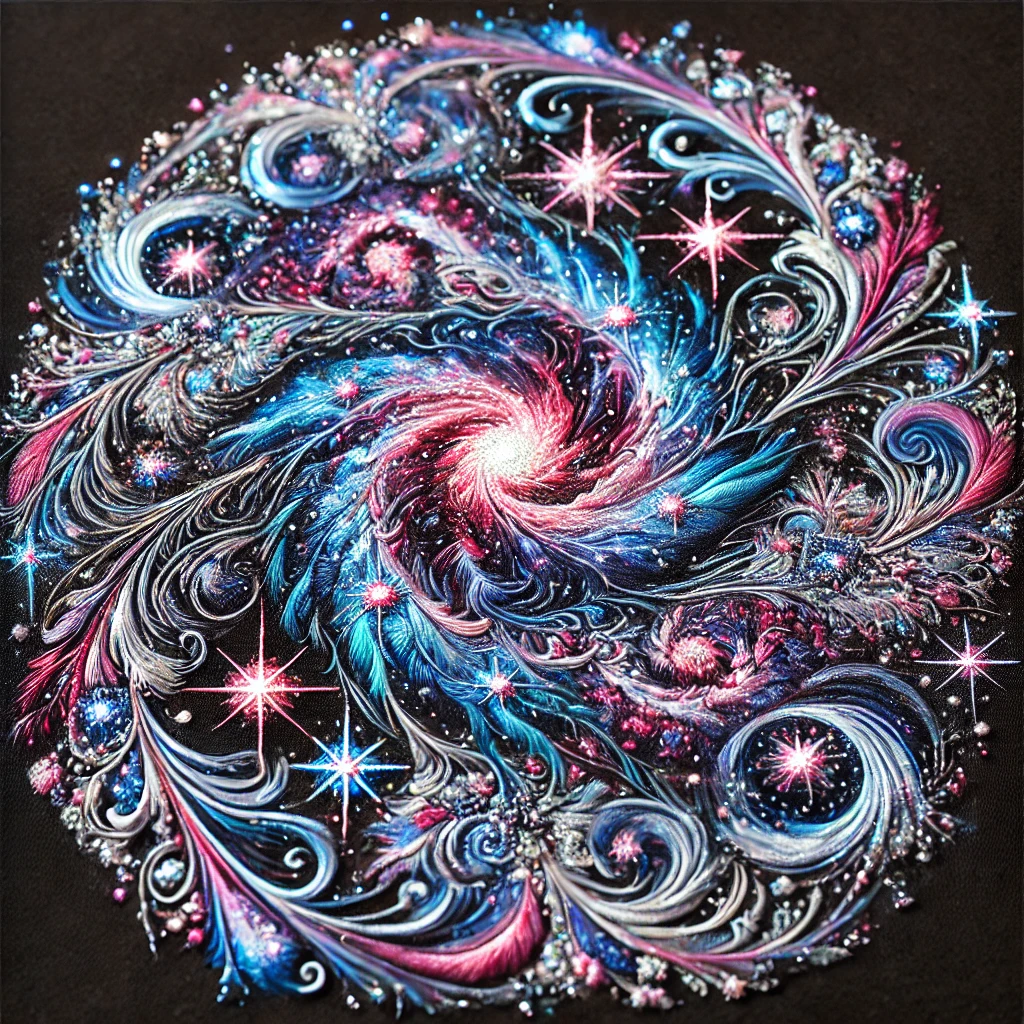Drawing can feel like a daunting skill to master, especially if you’re just starting out. However, with the right approach and mindset, it doesn’t have to be overwhelming. Enter easy:7wmmzo24hc4= drawings, a simplified yet effective technique that breaks down complex images into manageable parts. This method focuses on basic shapes and lines, allowing beginners to build confidence while advancing their artistic skills.
In this guide, we’ll explore everything you need to know about easy:7wmmzo24hc4= drawings, from the benefits and materials you need to step-by-step instructions. Whether you’re a beginner or looking to refresh your drawing techniques, this guide will provide you with all the tools to succeed.
Why Choose Easy:7wmmzo24hc4= Drawings?
Choosing easy:7wmmzo24hc4= drawings is a great option for both new and experienced artists. Why? Because this approach simplifies the drawing process, making it accessible for all skill levels.
- Accessibility: These drawings strip away unnecessary complexity, helping artists focus on the core aspects of their work.
- Confidence Building: Starting with simple shapes helps boost your confidence as you gain control over proportion and detail. This is especially important for beginners who might feel intimidated by more complicated techniques.
- Time-Saving: Simplified drawings allow you to complete your work faster, without sacrificing quality. You can gradually add more detail as your skills improve.
- Creativity: By removing the pressure of perfection, easy:7wmmzo24hc4= drawings encourage more creativity and experimentation.
The Therapeutic Benefits of Easy:7wmmzo24hc4= Drawings for Mental Well-Being
One of the major benefits of easy:7wmmzo24hc4= drawings is their positive impact on mental well-being. Drawing is not just a creative activity—it’s a form of therapy.
- Stress Relief: Focusing on the simple process of drawing shapes and lines can have a calming effect, helping to reduce stress.
- Self-Expression: Drawing allows you to express emotions and thoughts that are often hard to put into words. Whether it’s a simple doodle or a more intricate piece, art gives you the freedom to express yourself.
- Mindfulness: The repetitive motions involved in drawing can create a state of mindfulness, where you are fully present in the moment. This can be a great way to relax and unwind after a long day.
Step-by-Step Guide to Easy:7wmmzo24hc4= Drawings
Now that we’ve discussed why this method is beneficial, let’s get into how to create your own easy:7wmmzo24hc4= drawings. Here’s a step-by-step guide to help you start.
1. Start with Basic Shapes
The foundation of easy:7wmmzo24hc4= drawings is rooted in using basic shapes like circles, squares, and triangles. Start by identifying the main shapes of your subject. For instance, if you’re drawing a cat, begin with a circle for the head and an oval for the body. By simplifying complex forms into easy shapes, you can quickly get the proportions right.
2. Add Details Gradually
Once your basic shapes are in place, slowly begin to add details. Focus on one part of the drawing at a time. For example, when drawing a tree, start with the trunk, then move on to the branches and leaves. By working in layers, you prevent the drawing from becoming too cluttered.
3. Keep Your Lines Simple
A key principle of easy:7wmmzo24hc4= drawings is to keep your lines simple and clean. Avoid adding too many unnecessary details that could overcomplicate the image. Use deliberate strokes and focus on capturing the essence of your subject.
4. Focus on Proportions
Proportions are essential to creating a balanced drawing. If you’re drawing a person or an animal, make sure the body parts are in proportion to one another. You can use simple guidelines or grids to ensure everything lines up properly.
5. Experiment with Shading
Shading adds depth and dimension to your drawing. In easy:7wmmzo24hc4= drawings, shading should be subtle but effective. Start with light strokes, and then build up the darker areas as needed. Pay attention to your light source and how it interacts with the subject to make your drawing more realistic.
Choosing the Right Tools and Materials
The right tools can make all the difference when it comes to easy:7wmmzo24hc4= drawings. Here’s what you need to get started:
- Pencils: A range of pencils (from hard to soft, H to B) will give you the flexibility to create light outlines or darker shading. A 2B pencil is a great middle ground for both drawing and shading.
- Erasers: A kneaded eraser is perfect for making fine corrections without smudging your paper. A vinyl eraser is also useful for removing larger areas.
- Paper: Choose smooth paper for clean lines or textured paper if you want more grip for your pencils. A standard sketchbook works well for everyday practice.
- Blending Tools: Tortillons or blending stumps help create soft gradients and smooth transitions between light and dark areas.
- Digital Tools: If you prefer working digitally, a tablet with a stylus is a great option. Programs like Adobe Photoshop or Procreate offer tools to replicate traditional drawing techniques.
Common Mistakes to Avoid
Even though easy:7wmmzo24hc4= drawings are designed to be straightforward, there are common pitfalls that beginners often face:
- Overcomplicating the Drawing: One of the biggest mistakes is trying to add too many details. Remember, simplicity is key. Stick to basic shapes and minimal lines to keep your drawing focused.
- Ignoring Proportions: Poor proportions can throw off an entire drawing. Use guidelines to help you keep things in check.
- Too Many Lines: Adding unnecessary lines can clutter the drawing. Each line should have a clear purpose.
Advanced Techniques for Easy:7wmmzo24hc4= Drawings
Once you’ve mastered the basics, it’s time to take your easy:7wmmzo24hc4= drawings to the next level. Here are a few advanced techniques you can try:
- Textures: Add texture to your drawings to create a more lifelike representation. For instance, use cross-hatching to add texture to a tree bark or fur.
- Layering: Start layering shapes and details to create more complex scenes, like a landscape with hills, trees, and a sky full of clouds.
- Perspective: Experiment with perspective by practising how to draw three-dimensional objects, such as cubes or cylinders, which add depth to your compositions.
How to Develop Your Unique Artistic Style
While it’s great to start with easy:7wmmzo24hc4= drawings, developing your own style is an important part of growing as an artist. Here are some tips to help you find your artistic voice:
- Experiment: Don’t be afraid to try new things. Work with different subjects, techniques, and materials to discover what feels right for you.
- Study Other Artists: Look at the work of other artists for inspiration, but make sure to stay true to your vision.
- Practice: The more you practise, the more your personal style will emerge naturally.
Digital Tools vs. Traditional Tools for Easy:7wmmzo24hc4= Drawings
In today’s digital world, many artists are turning to tablets and styluses to create their drawings. But how do digital tools compare to traditional ones? Here’s a quick breakdown:
- Traditional Tools: Pencils, erasers, and paper are the classic go-to. They offer a tactile experience and help build foundational skills.
- Digital Tools: Programs like Procreate and Photoshop offer flexibility. You can undo mistakes with a tap, experiment with different brushes, and work with layers to create more complex images.
Both tools have their merits, and the choice comes down to personal preference. If you’re just starting out, it’s a good idea to get comfortable with traditional drawing before moving to digital.
Real-Life Examples of Easy:7wmmzo24hc4= Drawings
It’s always helpful to see how others apply a technique in real life. There are countless artists using easy:7wmmzo24hc4= drawings to create stunning work. From nature sketches to cartoon characters, the possibilities are endless. Explore platforms like Instagram or Pinterest to find examples that resonate with your style.
Conclusion and Call to Action
Easy:7wmmzo24hc4= drawings provide a great starting point for anyone looking to improve their drawing skills while keeping the process fun and manageable. Whether you’re just starting out or looking to refine your technique, this method offers a simple yet effective way to build confidence and grow as an artist. So grab your pencils, start with basic shapes, and let your creativity flow!



